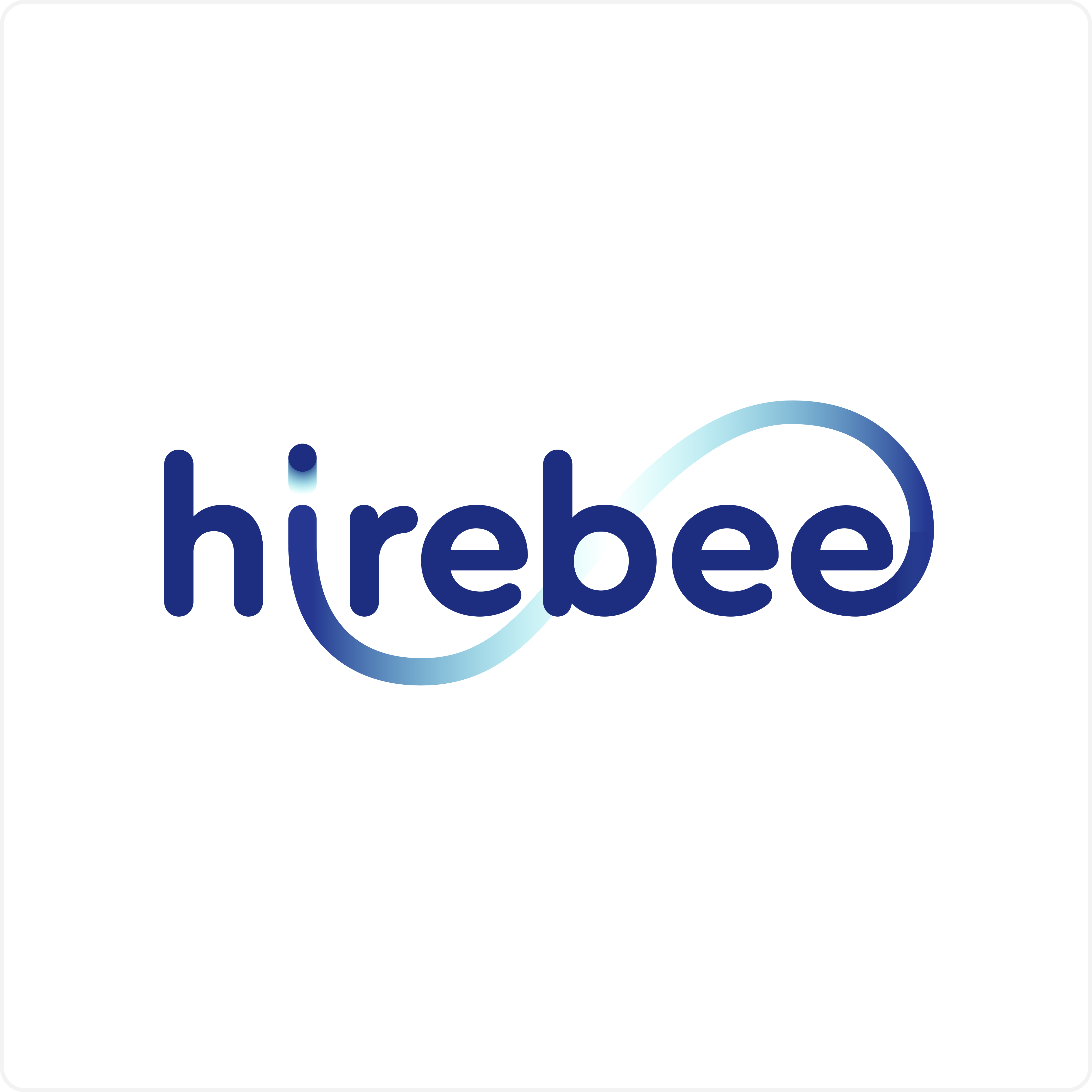Approximately 16% of the world’s population has some form of disability, with 80% of them being of working age. Despite the increasing number of working individuals with disabilities, they continue to face informational and physical barriers when it comes to equal employment opportunities. Creating accessible workplaces is a top priority for businesses today and is becoming one of the modern HR trends.
A key aspect of workplace accessibility is accessible onboarding. Whether you are a business owner or part of the management or HR team, it is important to assess if your company can effectively carry out an accessible onboarding process. Here are tips on how to make onboarding accessible for people with disabilities.
Table of Contents
ToggleEnsure Physical Accessibility
If you want to make your workplace friendly for people with disabilities, you should make sure it’s accessible even before they start working. Before their first working day, introduce them to the office or do a virtual tour so they feel comfortable and know their way around.
Remember that you need to keep your office space accessible by following the ADA standards which include the following:
- Office doors should be wide (minimum 32 inches). It is recommended to use automatic doors.
- Tables and desks should be at least 27 inches high. It lets assistive equipment pass under the table easily.
- Hallways should also be wide enough. It is not recommended to use plush rugs as they increase the risk of falling for people who use mobility devices.
- Digital displays and screens should be within reach. It is better to install screens closer to the wall for easy navigation.
- Wayfinding signs are a must. Make sure to have signs that are easy to understand, with pictures or symbols that everyone can easily access.

Provide Assistive Technology
Assistive technology encompasses a variety of physical and digital tools, services, and systems that are essential for enhancing or maintaining an individual’s abilities in areas such as hearing, communication, vision, mobility, and self-care. Examples of assistive technology include glasses, wheelchairs, hearing aids, screen readers, speech recognition tools, and more.
Most importantly, you need to think of assistive technology as a standard practice and not like an exceptional manner.
To ensure everything works, testing all the assistive technology before onboarding new employees is recommended.
Provide Training For the New Hires
Before the onboarding process provide orientation and training to meet the needs of employees with disabilities, who may require additional support to perform well in their roles. Customize orientation and training programs based on each employee’s learning preferences, skills, and goals, using different methods such as online courses, videos, manuals, mentors, or coaches. Ensure all training materials are accessible and inclusive by including features like captions, transcripts, or alt text.
Ideally, you can assign a mentor to your new hire who is available to provide assistance whenever needed.
Be Open to Flexible Scheduling
Flexible scheduling options can greatly benefit employees with disabilities, offering remote or part-time work opportunities that are vital for them. Remote work greatly improves accessibility, especially in areas where public transportation may not be accessible for people with disabilities. Also, new hires with disabilities may need additional medical appointments or other activities related to their disabilities.
Instead of setting strict schedules, provide them with the necessary equipment and allow them to choose what works best for them in terms of comfort and productivity.
Communicate Respectfully
Proper communication is essential during the onboarding process for employees with any type of disabilities. Communicate respectfully and attentively, encouraging them to ask questions or address concerns about their future roles.
Use clear and straightforward language when communicating with them, and demonstrate active listening skills. Avoid making any assumptions about their abilities or specific requirements. Ensure all necessary communication tools, including phone, email, and audio, are arranged in advance for them.
Build inclusive culture
Effective onboarding goes beyond providing all the necessary staff, it is about creating an environment of inclusion where everyone is welcome.
Inclusive recruitment starts with raising awareness about accessibility issues among your staff. One of the most practical ways is It is important for all employees, from C-level officials to Human Resources, customer service, and others. Many successful companies prioritize accessibility training for their employees, such as Bloomberg, which leads in promoting various training methods to ensure employees are welcoming and comfortable for individuals with disabilities. For example, they have organized initiatives for employees to get insight into the experiences of visually impaired people.

Assess your accessibility
Before onboarding employees with disabilities into the workforce, conduct a detailed accessibility audit to guarantee compliance with legal requirements and industry standards. It includes evaluating both physical and digital accessibility to accommodate a range of disabilities such as visual, cognitive, mental, mobility impairment, and more. It would help if you considered exploring different contractor vs. employee resources to understand how flexible work arrangements can further enhance accessibility and support diverse needs in your workplace.
Provide accessible onboarding materials
The first working day is always stressful, especially for people who have any type of disability. It becomes even more challenging when new employees face a large amount of material to learn to perform their duties effectively. To help simplify their transition, it is important to ensure that all onboarding materials are easily accessible. Below is a brief checklist for onboarding materials:
- Add ALT text to visuals
Keep in mind that any visual content that doesn’t include ALT text and descriptions is useless for persons with disabilities.
- Add captions to videos
Don’t forget to provide captions and audio descriptions with all your video content. This way you ensure that the new hire with disabilities will understand the onboarding video content clearly.
- Ensure screen reader compatibility
Remember to make all the onboarding material accessible for screen readers.
- Set the reading order of slide content
Screen readers read the slides in the order they have been added. In case your onboarding material includes slide content, you need to set its reading order. If you are using PowerPoint, you need to use the Reading Order function to enable it. For Google Slides, use the Arrange-> Order functions.
Collect feedback and improve
Onboarding is a continuous process. Make sure to check in with new hires who have disabilities to see how things went, what worked well, what didn’t, and where things could be better. Even if you think you have done everything, there may be aspects you might not have noticed.
Keep an eye on key indicators like engagement, retention, satisfaction, performance, etc. Compare these indicators to your main goals for hiring. Once you find any gaps and issues, do your best to improve them by the next onboarding process.
Conclusion
Onboarding is a key step in the hiring process where the new hires get acquainted with the company, its rules and cultures, the work, and the people. This process is especially important for people with disabilities who may have specific needs and requirements.
Giving a helping hand at this point paves the way for long-term employee success and retention.









